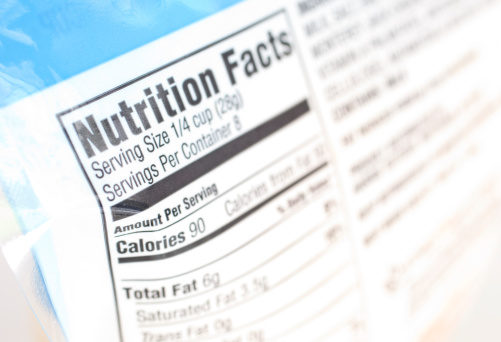"Information required to be provided to consumers in conventional grocery stores is not being uniformly provided online—in fact, it only appears on roughly a third of the online grocery items we surveyed," said Jennifer Pomeranz, an assistant professor of public health policy and management at the NYU School of Global Public Health and lead author of the study, which was published inPublic Health Nutrition.
"Our study shows that the online food shopping environment today is a bit of a 'Wild West,' with incomplete and inconsistent provision of required nutrition information to consumers," said Dariush Mozaffarian, dean of the Friedman School and the study's senior author. "Online shopping will only continue to grow, and this creates an excellent opportunity to positively influence consumers to make healthy and safe choices. We need to leverage this chance to help make progress against the nutrition-related health crisis in this country."
From 2019 to 2020, online grocery sales in the U.S. tripled from 3.4% to 10.2% of total grocery sales, and are projected to reach 21.5% of total sales by 2025, a number bolstered by the government: The press release notes that USDA began a pilot program in 2019 to allow SNAP participants to purchase groceries online.
The researchers analyzed 10 major products across nine major online grocery retailers, focusing on packaged foods that are required by FDA to have a standardized information panel disclosing nutrition facts, ingredients, food allergens, and, for fruit drinks, the percent juice. The list included bread, cereals, and drinks. The researchers also reviewed the federal government’s legal authorities and limitations for requiring online food retailers to disclose nutrition information.
The researchers found that this information was included and legible only 36.5% of the time across the products and retailers, on average. Potential allergens were only disclosed on 11.4% of products, while nutrition facts and ingredient lists were only present 45.7% and 54.2% of the time, respectively. Marketing health and nutrition-related claims, on the other hand—such as “low sodium”—appeared on 63.5% of products.
Looking at the legal requirements, the researchers concluded that FDA, FTC, and USDA have existing authorities that could be leveraged to address gaps in labeling requirements in the online food retail environment.
Related: FMI Report Finds Consumer Demand for Transparency Spoon Guru Launches Platform to Help Customers Make Healthy Choices Changing Consumer Shopping Preferences
"The federal government can and should act to require that online food retailers disclose required nutrition and allergen information to support consumer health and informed decision-making," said Pomeranz, noting that this may actively be a safety concern for those who need to know about allergens, sodium, or sugar. "Labeling requirements are intended to protect consumers who are largely unable to protect themselves. This is even more salient for online sales where consumers cannot directly inspect products. At a minimum, the entire required nutritional information panel should be made visible and legible for consumers shopping for their groceries online."Study author Sean Cash, the Bergstrom Foundation Professor in Global Nutrition at the Friedman School, concluded: "Our findings highlight the current failure of both regulations and industry practice to provide a consistent environment in which online consumers can access information that is required in conventional stores. With the expectation that online grocery sales could top $100 billion for 2021, the requirements to provide consumers with information need to keep up with the evolving marketplace."









